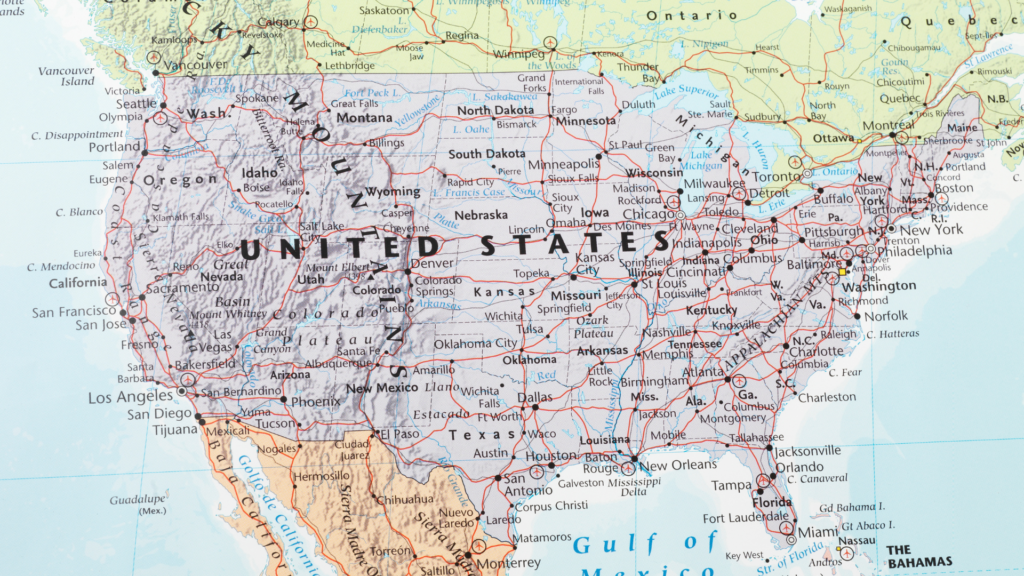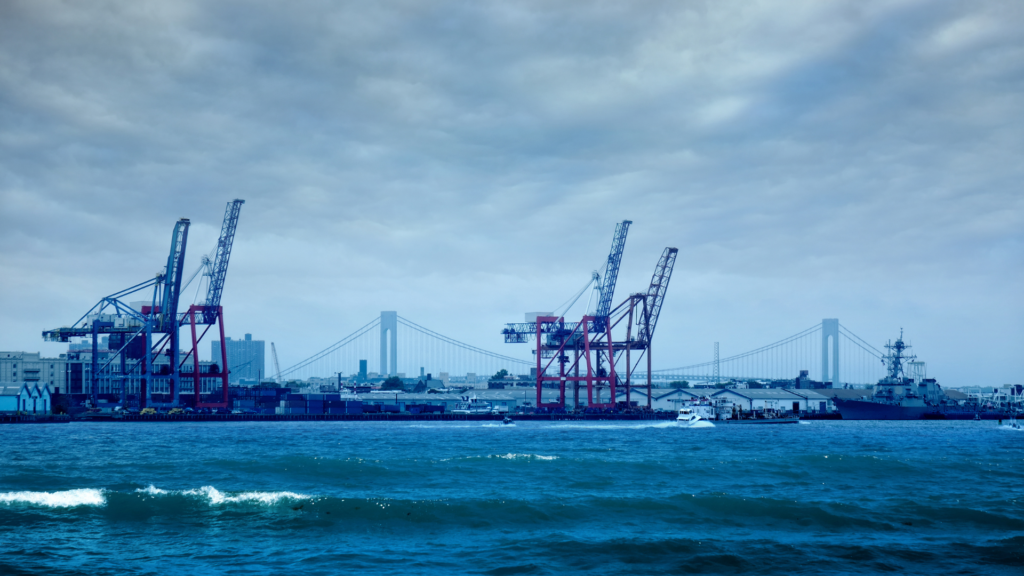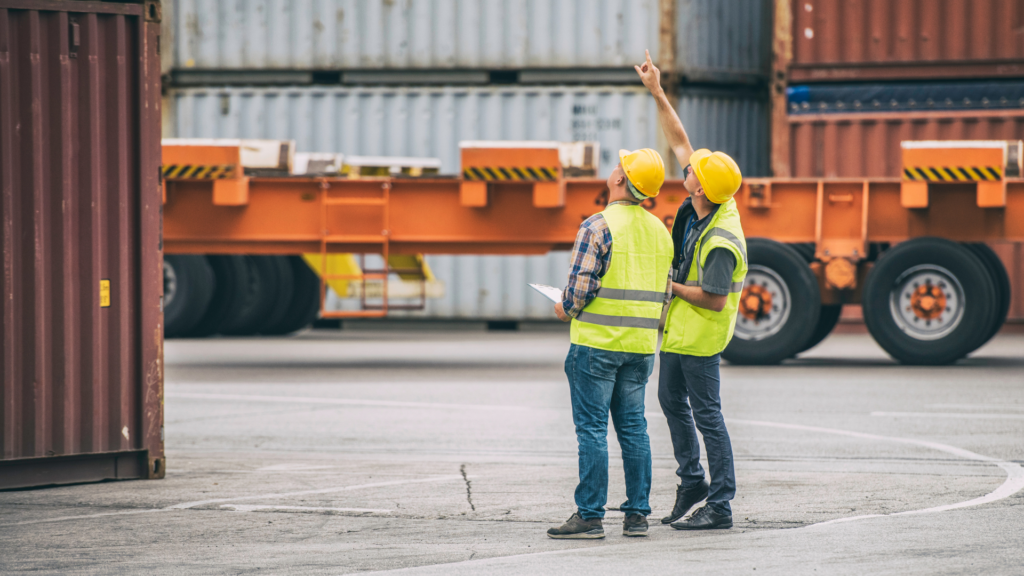East VS West, ILA Contract, and Port Improvements.
Your weekly All-Ways round-up of Supply Chain news.

New Equilibrium
As import volume shifts to the US West Coast and ocean services increasingly favor importing goods from Southeast Asia via the Suez Canal, the difference in rates from China to the East and West coasts is narrowing.
In October, containers coming from Shanghai were $392 more to the East Coast than the West, in comparison with the usual $800 to $1,200.
Here’s what’s contributing to the shift in spread between East and West Coast rates:
- More services were added to the East Coast because of the China Plus One strategy
- Restrictions on the Panama Canal because of the ongoing drought
- Risk of disruption in service because of East Coast union contract negotiations
Rates will keep shifting until a new equilibrium is reached.
East Coast Union Troubles
International Longshoremen’s Association (ILA) is pledging its 45,000 members will begin a strike if a deal isn’t signed before the current contract expires on September 30, 2024. This would be the first coastwide strike in 47 years on the US East and Gulf coasts.
ILA is looking to lock in a substantial raise before moving on to negotiating other issues like automation, which will be a big point of contention.
The union intends to protect itself from fully automated ports on its turf but may encounter issues. During previous contract negotiations, the United States Maritime Alliance (USMX), representing ocean carriers and terminal operators, agreed to hold off on automation if the ILA moved 32 containers per hour. Daggett is pushing for local members to up their game because a lot of locals are only moving 22-27 per hour.
“There will be no extensions like the ILWU did. We will be in the streets,” ILA’s president, Harold Daggett, stated. “We will not be interested in Biden sending us a mediator if negotiations are not going well.”
Improving Ports
The Biden administration is set to fund 41 port improvement projects under the Port Infrastructure Development Program (PIDP) to help ameliorate small to mid-sized ports across the USA.
More than $653 million will be invested to ensure supply chain reliability, improve safety at ports, accelerate the movement of goods, reduce emissions, and create more work opportunities.
“Everything from the food we eat to the cars we drive to the lumber and steel used to build our homes passes through America’s ports, making them some of the most critical links in our nation’s supply chain,” U.S. Secretary of Transportation Pete Buttigieg said. “These investments will help expand capacity and speed up the movement of goods through our ports, contributing to cleaner air and more good paying jobs as we go.”



